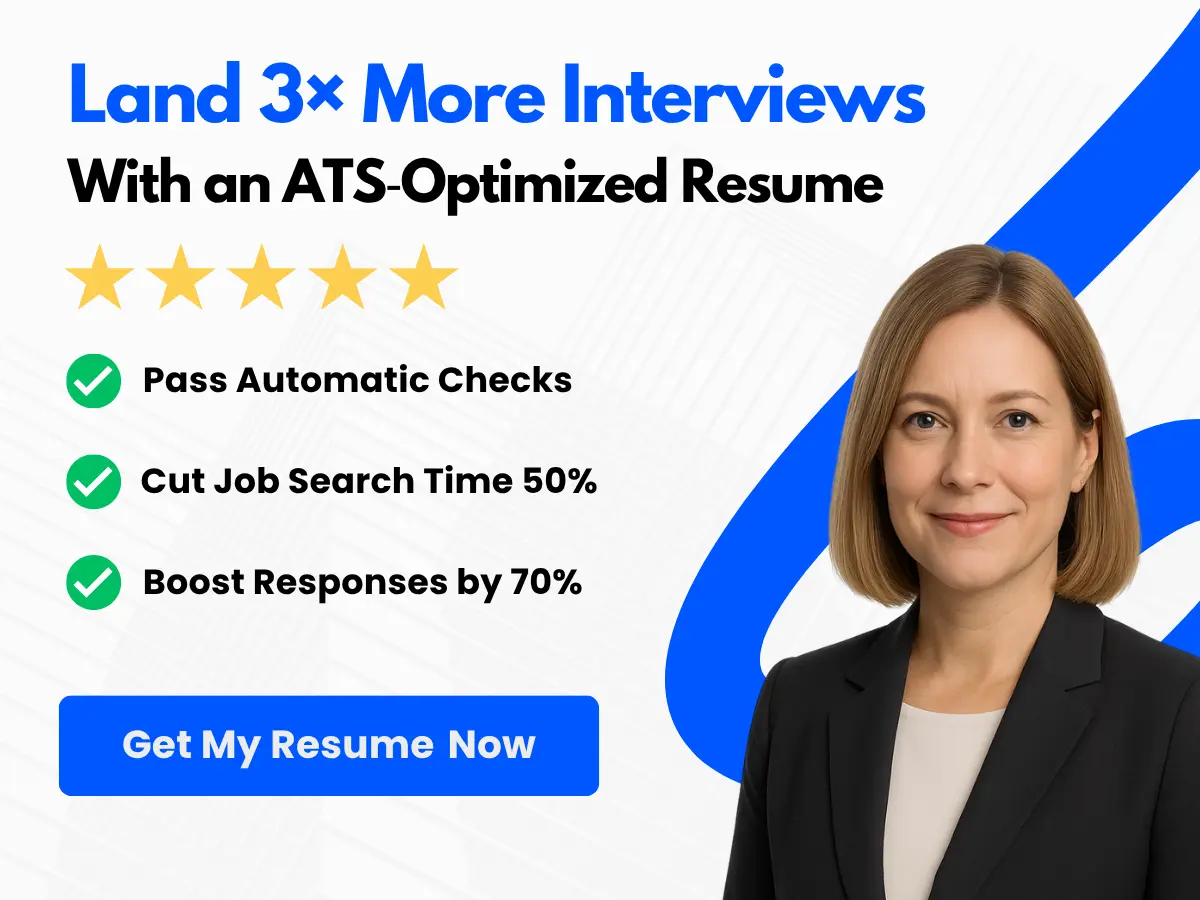A CEO resume is a document that outlines the professional and personal achievements of the CEO, with the aim of presenting a favorable image of their capabilities and experience to prospective employers.
Crafting a good CEO resume is an essential step for any executive looking to land their dream job. With competition for executive positions at an all-time high, a well-crafted resume can make the difference between getting an interview and being passed over for the job.
The purpose of this article is to provide readers with ten examples of CEO resumes that are guaranteed to impress even the most discerning hiring managers. By examining these templates and examples, readers will gain invaluable insights into what works and what doesn’t when it comes to crafting an effective CEO resume. Whether you’re looking to advance your career or simply want to polish your resume writing skills, this article is a must-read for any aspiring CEO.
Understanding the CEO Job and Its Requirements
When it comes to the CEO job, there are a few essential elements to understand. First, the role and responsibilities of a CEO are significant, and the qualifications and experience required to secure the position are substantial. Even more critical is the fact that the key skills needed to excel in this role are complex and context-dependent.
A. Role and Responsibilities of a CEO
To understand the job’s role and responsibilities, it is essential to recognize that the CEO is the highest-ranking officer in the company. They are responsible for ensuring that a company achieves its objectives, meets its goals, and increases its profitability. Some of the essential roles and responsibilities of a CEO may include:

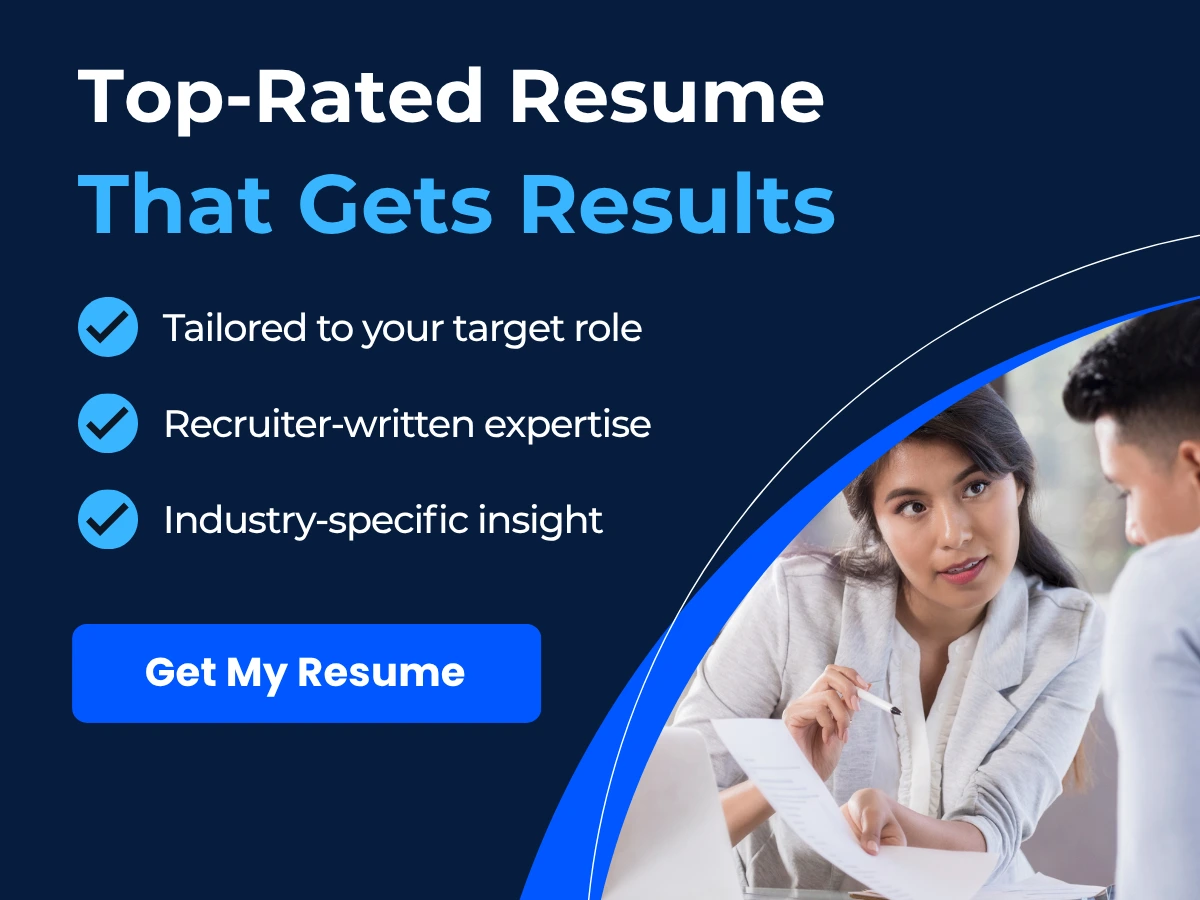
- Developing and executing strategies to achieve corporate objectives.
- Providing leadership and guidance to senior executives, employees, and management teams.
- Ensuring that the company’s culture, values, and brand are living up to expectations.
- Representing the organization externally.
- Creating a successful working relationship with the board of directors.
- Building and cultivating relationships with stakeholders, including investors, clients, and community groups.
- Ensuring that the company adheres to legal and regulatory requirements.
B. Qualifications and Experience Required
It comes as no surprise that the qualifications and experience required for a CEO role are substantial. The bare minimum usually includes:
- A Bachelor’s degree, preferably in a business-related field.
- Proven leadership experience within an organization.
- An understanding of the industry they are working in.
- An excellent track record of financial results.
To be competitive in today’s market, CEOs often have MBA degrees, specific industry certifications, or even JDs, among other qualifications.
C. Key Skills Needed to Excel in the Role
Finally, the key skills needed to excel in the CEO role are numerous and context-dependent. That is because different organizations, industries, and situations call for specific skills. Some of the most crucial skills include:
- Strategic thinking and planning.
- Strong communication and negotiation skills.
- Ability to manage change and ambiguity.
- Leadership and vision.
- Results-driven and performance-focused.
- Problem-solving and critical thinking.
- Risk management and decision-making.
To succeed as a CEO, a unique blend of hard and soft skills is required. The right mix of experience, qualifications, and skills will determine the CEO’s success in leading a company forward.
Key Elements of a CEO Resume
A. Contact Information
Your contact information should be prominently displayed at the top of your CEO resume. This information should include your full name, phone number, email address, and mailing address. You can also include links to your professional social media profiles such as LinkedIn or Twitter.

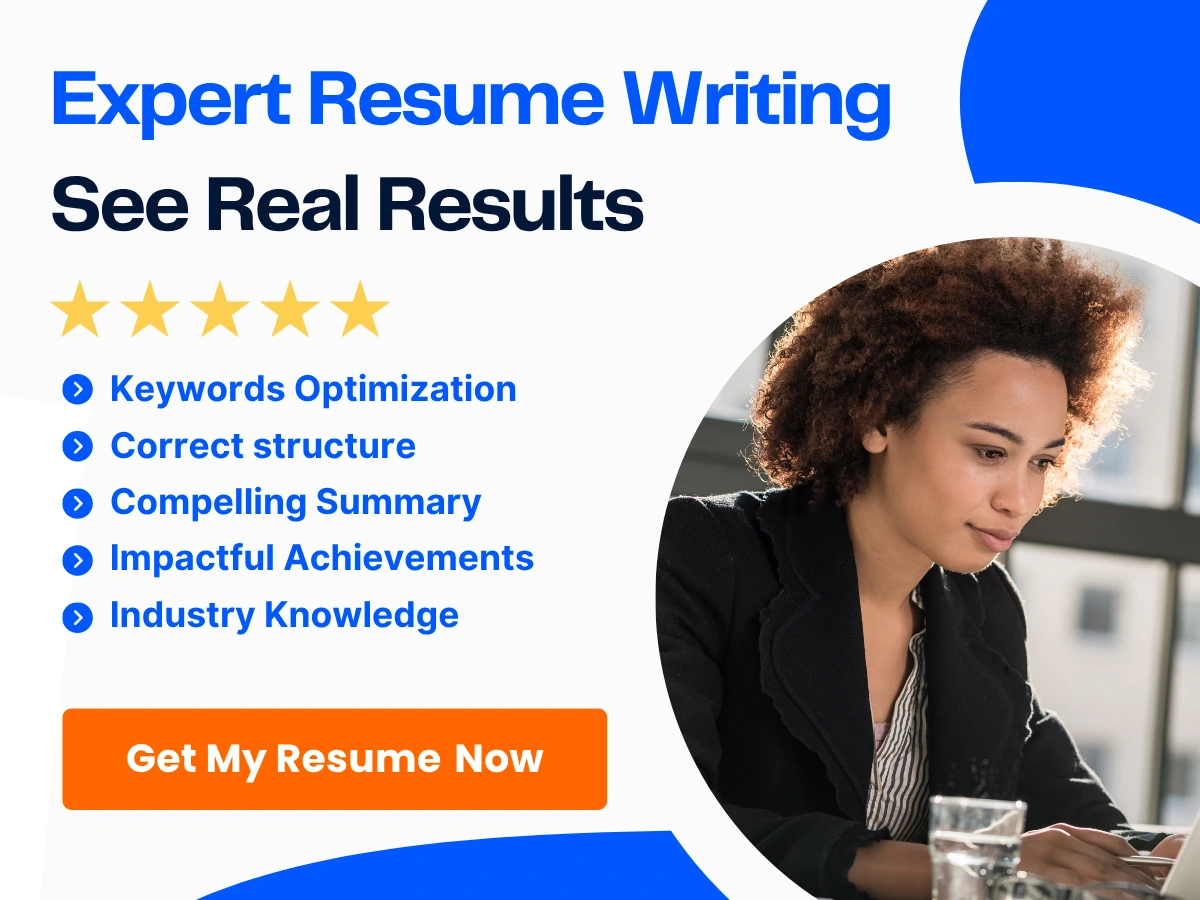
B. Executive Summary
The executive summary is a brief paragraph, typically no more than three to five sentences, that summarizes your professional experience, skills, and accomplishments. It should give the reader a snapshot of your career and what you bring to the table as a CEO.
C. Professional Experience
The professional experience section of your CEO resume should include your previous roles, companies, dates of employment, and job responsibilities. It should also highlight any significant achievements or accomplishments you made in each role.
D. Education and Certifications


Include your highest level of education, the name of the institution, the degree obtained, and the date of graduation. If you have any relevant certifications or licenses, include those as well.
E. Skills and Competencies
Your skills and competencies should be tailored to the CEO role. These can include leadership abilities, strategic planning, financial analysis, and organizational management. Provide concrete examples of how you have demonstrated these skills in your previous roles.
F. Professional Accomplishments
Highlight your most significant professional accomplishments, such as revenue growth, successful product launches, and major partnerships. Again, provide concrete examples and quantify your achievements whenever possible.
G. Awards and Recognition
Include any awards or recognition you have received throughout your career. This can include industry awards, recognition from peers or colleagues, or accolades from customers or clients.


A CEO resume should highlight your key professional accomplishments, skills, and experiences in a clear and concise manner. By following these key elements, your resume can stand out from the rest and showcase your qualifications for the top executive role.
Designing your CEO Resume
As a CEO, your resume is more than just a list of accomplishments and experiences—it’s an opportunity to showcase your leadership skills and communicate your value proposition to prospective employers.
To create a resume that will stand out, you need to carefully choose the appropriate format and style. Consider the industry and role you are targeting, and tailor your resume accordingly. For example, if you are applying for a CEO position in a creative industry, you may want to use a more visually engaging format with bold graphics and colors.
Professional templates can also be a great resource for creating an effective CEO resume. Many templates are specifically designed for executive-level positions and can help you to highlight your achievements and qualifications in a clear and organized way.
In addition to format and templates, visual appeal is crucial when it comes to designing a CEO resume. Use a font that is easy to read and make sure your layout is clean and uncluttered. Consider using bullet points to break up large blocks of text and make your resume more digestible.
Finally, user-friendliness is key. Your CEO resume should be easy to navigate and scan quickly. This means using clear section headings and avoiding overly complex language. Remember that recruiters and hiring managers may only have a few seconds to glance at your resume, so make sure your most important information is easy to find.

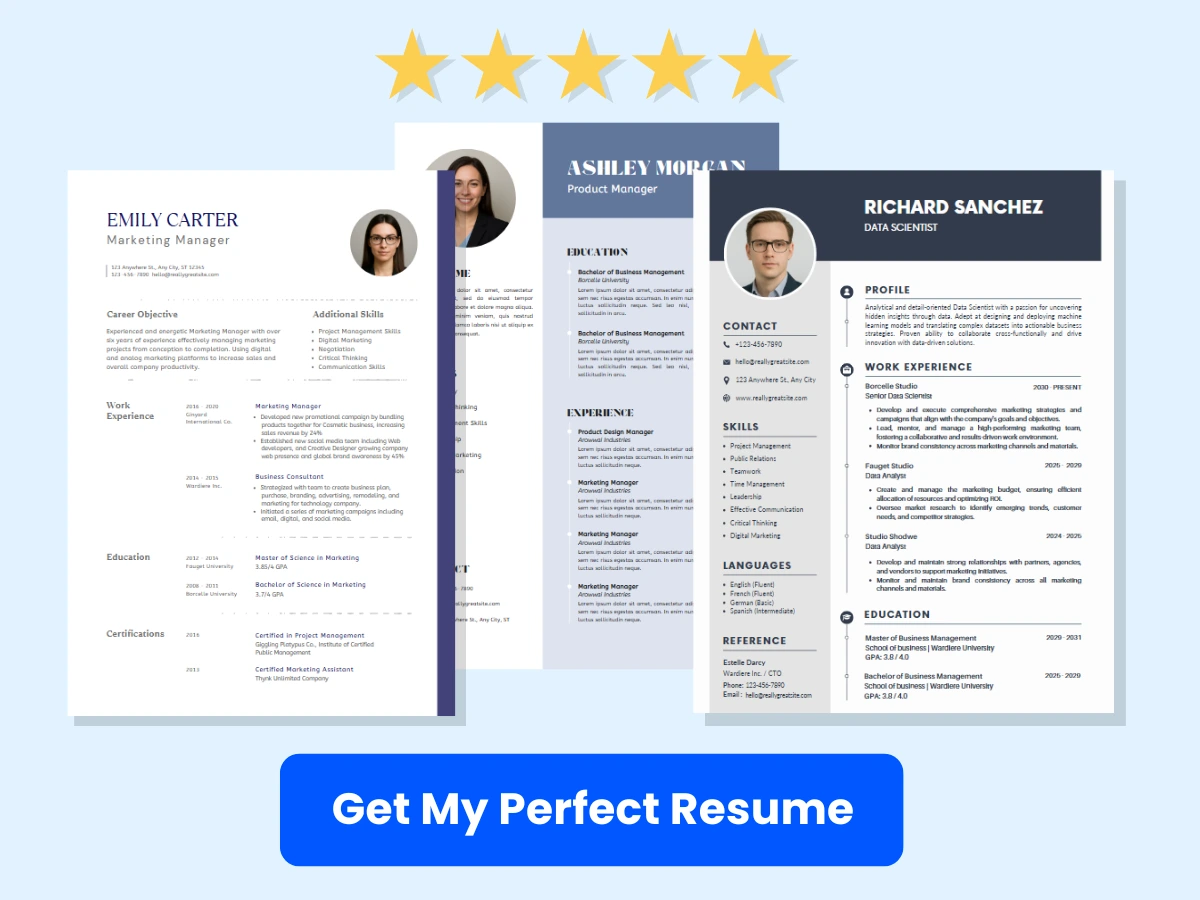
Designing a CEO resume can be challenging, but with the right format, templates, visual appeal, and user-friendliness, you can create a document that effectively communicates your value as a leader and sets you apart from other candidates.
CEO Resume Examples
When it comes to CEO positions, crafting an effective resume is crucial. Here, we will take a look at some sample resumes for CEO positions, analyze successful resumes, and review common mistakes in order to help you create a winning CEO resume that will make you stand out from the competition.
A. Sample Resumes for CEO Positions
Here are some examples of successful CEO resumes to help get you started:
-
The Performer: This CEO resume highlights the candidate’s impressive track record of achieving growth in previous roles. It includes metrics and percentages to prove their success and highlights their leadership and strategic planning skills.
-
The Visionary: This CEO resume showcases the candidate’s ability to create and execute innovative strategies. It highlights their ability to turn ideas into action and to lead teams towards a common goal.
-
The Negotiator: This CEO resume focuses on the candidate’s negotiation skills and ability to close deals. It highlights their experience in sales and business development and demonstrates their ability to build relationships and drive revenue.

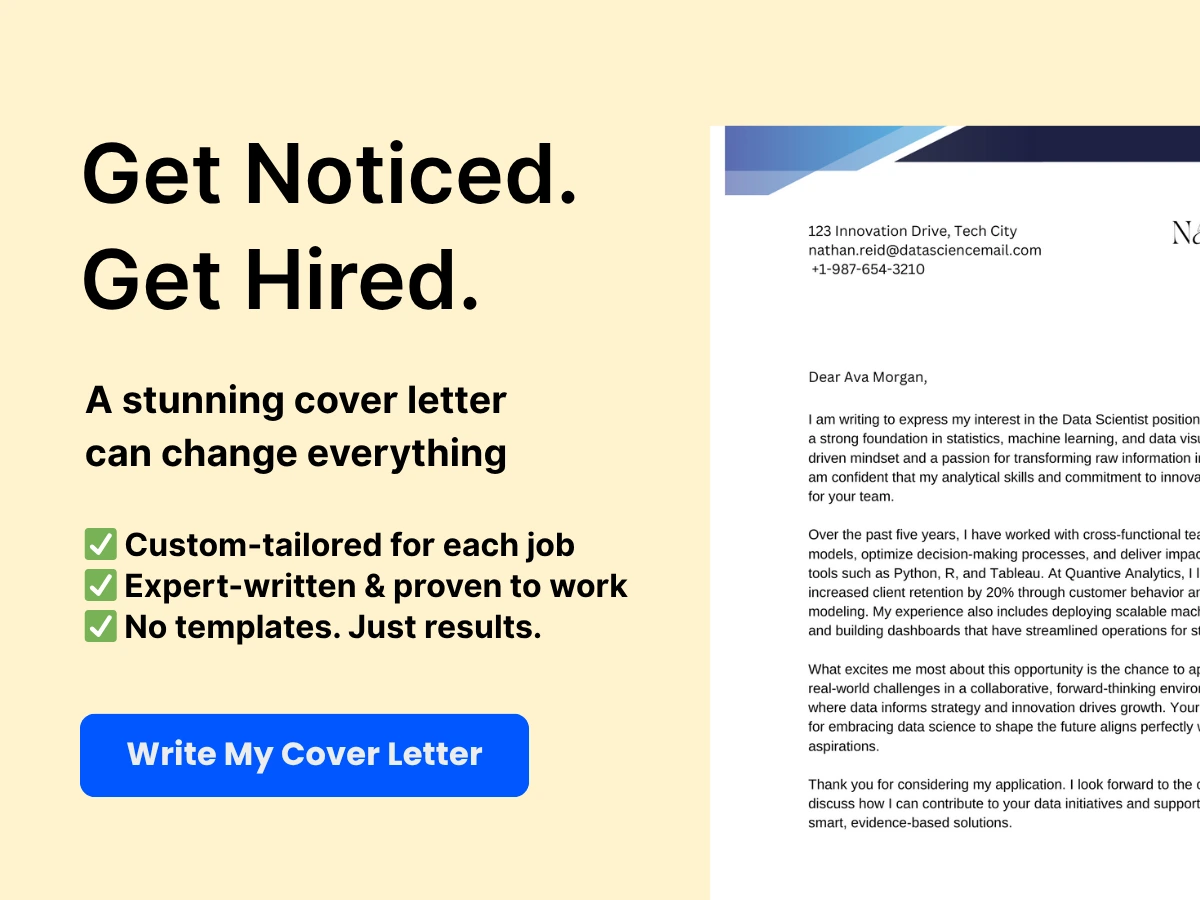
B. Analysis of Successful Resumes
Successful CEO resumes have several things in common:
-
They are tailored to the specific job posting and industry.
-
They include metrics to quantify achievements and demonstrate success.
-
They emphasize leadership, strategic planning, and execution skills.
-
They are easy to read, and visually appealing.


-
They showcase the candidate’s unique strengths and differentiate them from the competition.
C. Review of Common Mistakes and How to Avoid Them
Here are some common mistakes to avoid when crafting your CEO resume:
-
Failing to highlight achievements: Your CEO resume should highlight your achievements and quantifiable, concrete results. Avoid simply listing your responsibilities without demonstrating how you delivered results.
-
Including irrelevant information: Keep your CEO resume focused and relevant to the position you are applying for. Avoid including irrelevant work experience or skills that don’t pertain to the executive role.
-
Using cliches and buzzwords: Don’t rely on buzzwords and cliches to convey your skills and experience. Instead, use concrete examples and metrics to showcase your accomplishments and demonstrate your value as a CEO.
-
Failing to customize your resume: Tailor your CEO resume to the specific position you are applying for. Research the company and the job requirements to ensure you are highlighting the skills and experience that are most relevant.
-
Ignoring the design: Your CEO resume should be visually appealing and easy to read. Avoid cluttered designs and hard-to-read fonts, and use white space to make your resume more visually appealing.
Creating a successful CEO resume requires careful attention to detail, a focus on quantifiable achievements, and a tailored approach that highlights your unique skills and experience. Use the examples and tips provided above to create a winning CEO resume that will help you land the job of your dreams.
CEO Resume Template
A. Best practices for selecting the right CEO resume template
Selecting the right CEO resume template can be a daunting task. As a CEO, your resume is your marketing tool and should effectively communicate your unique skills, achievements and work experience. To help you choose the right CEO resume template, here are some best practices to consider:
-
Ease of use and customization: Look for a template that is easy to use and modify according to your specific needs. Templates with clear layouts, well-organized sections and easily editable formats can save you valuable time and make the customization process smoother.
-
Relevance: Choose a template that is relevant to your industry and job experience. For instance, if you’re looking to work in the financial sector, a template with a financial focus and relevant sections such as “financial achievements” will be a better fit.
-
Visual appeal: Your resume should look professional and visually appealing. A template with an attractive design, interesting typography and use of color can help you stand out and make a positive impression on potential employers.
-
Compatibility with Applicant Tracking Systems (ATS): Many companies use an ATS to simplify the recruitment process. A template that is compatible with ATS can help ensure your resume is not filtered out by automated software and make it easier for recruiters to find your details.
B. Detailed review of top templates available
After determining the key factors to consider when selecting a CEO resume template, reviewing top templates will allow you to choose the best fit for you. Here’s a summary of the most popular and effective CEO resume templates:
-
Chronological resume: The most common resume format, this template arranges your job experience in reverse chronological order, starting with your most recent position. It is easy to read and highlights your career progression.
-
Functional resume: this template arranges your experience based on specific skills, rather than chronology. It allows you to focus on your relevant skills and strengths.
-
Combination resume: This template uses both the chronological and functional resume formats to showcase both your relevant skills and achievements in a clear and concise manner.
C. Customizing the templates according to your experience, skills and achievements
After selecting the template that fits your needs, the next step is to customize it based on your experience, skills, and achievements. This customization will highlight your unique strengths and achievements and make your resume stand out.
Begin by editing the template’s headings and sections to better suit your job experience. For example, if you have many years of experience in senior management, beef up the “career history” section and highlight your work as a CEO or other high-level positions.
Focus on achievements in each position rather than just a list of job responsibilities. Using action verbs, such as “led”, “implemented” and “achieved,” will make your resume sound more dynamic and impressive.
Tips for writing a compelling CEO Resume
Finding the perfect CEO job can be an arduous task, but once you have found it, you want to make sure that your resume stands out from the rest. Here are some tips to help you write a compelling CEO resume that will get you noticed.
A. Tailoring your resume to match the job description
The first step in writing a compelling CEO resume is to tailor your resume to match the job description. Carefully read the job description and make note of the skills and qualifications that the employer is looking for. Then, go through your resume and make sure that you have highlighted those skills and qualifications. This will show the employer that you have read the job description and are serious about applying for the job.
B. Highlighting your accomplishments with measurable metrics
Your accomplishments and achievements are what make you stand out from other candidates. To make your accomplishments even more impressive, quantify them with measurable metrics. Instead of saying that you increased revenue, say that you increased revenue by 30%. This shows the employer that you are results-driven and can bring tangible benefits to the company.
C. Showcase your unique value proposition as a CEO
Every CEO has a unique value proposition. It’s important to showcase this in your resume. Your value proposition should focus on what you can bring to the company that no one else can. This could be your experience in a specific industry, your leadership skills, or your ability to drive change. Whatever it is, make sure that it is clearly highlighted in your resume.
D. Powerful action words and phrases to enhance your resume
Using powerful action words and phrases can make your resume more compelling. Instead of saying that you “managed” a team, say that you “led” a team. Here are some other action words and phrases to consider:
- Achieved
- Exceeded
- Initiated
- Streamlined
- Optimized
- Implemented
- Revitalized
- Spearheaded
- Transformed
- Generated
By following these tips, you can write a compelling CEO resume that will get you noticed by potential employers. Remember to tailor your resume to match the job description, highlight your accomplishments with measurable metrics, showcase your unique value proposition, and use powerful action words and phrases.
Mistakes to Avoid While Creating a CEO Resume
If you’re creating a CEO resume, it’s crucial to avoid common mistakes that could ruin your chances of landing a CEO position. Here are some of the most common mistakes to steer clear of:
A. Common Mistakes That Could Ruin Your Chances of Landing a CEO Position
- Listing generic skills: Instead of simply stating “leadership skills,” list specific examples of times you displayed excellent leadership qualities.
- Using vague language: Be clear and specific with your experience and accomplishments. Don’t use buzzwords or jargon that may not be familiar to your potential employer.
- Being lengthy: Keep your resume concise and relevant. Avoid unnecessary details and don’t exceed two pages.
- Lacking quantifiable results: Don’t just list your responsibilities. Include quantifiable results, such as how much revenue you generated or how much you increased profit margins.
B. How to Avoid the Common CEO Resume Mistakes
To avoid common CEO resume mistakes, consider the following tips:
- Tailor your resume to the specific company and position you’re applying for.
- Focus on your accomplishments rather than simply listing your responsibilities.
- Use strong action verbs to describe your experiences and accomplishments.
- Use simple and easy-to-read fonts and formats.
- Proofread your resume multiple times to avoid typos and errors.
C. Tips to Review and Edit Your CEO Resume like a Pro
Review and edit your CEO resume like a pro using the following tips:
- Get feedback from a professional: Ask a recruiter or hiring manager for feedback on your resume.
- Check for readability: Ensure that your resume is easy to read and doesn’t contain any grammatical errors.
- Confirm that your resume is up-to-date: Review your resume regularly to ensure it reflects your latest skills and experiences.
- Use keywords: Incorporate keywords from the job description to increase the chances of your resume getting noticed.
- Highlight your unique value proposition: Emphasize what sets you apart from other candidates and how you can add value to the company.
By following these tips, you can create a powerful CEO resume that showcases your experience and qualifications, avoiding common mistakes that could ruin your chances of landing the job.
SEO and Keywords for CEO Resumes
In today’s digital age, it’s important to understand the significance of optimizing your CEO resume for search. This is because many recruiters and hiring managers rely on online search tools to find potential candidates. Therefore, you need to make sure your CEO resume appears at the top of their search results.
To achieve this, you must identify relevant keywords and phrases for your CEO resume, which recruiters frequently use when searching for candidates. These keywords and phrases should be strategically placed throughout your CEO resume, including in the summary, achievements, skills, and experience sections.
When identifying keywords and phrases, think about skills and experiences that set you apart as a CEO. For example, if you have extensive experience in mergers and acquisitions or have led successful product launches, make sure these keywords appear in your CEO resume. It’s also important to research the company and the job you’re applying for to identify any relevant keywords and phrases.
To improve the visibility of your CEO resume, there are several techniques you can use. First, make sure your CEO resume is well-structured and easy to read. Use bullet points, clear headings and subheadings, and an easy-to-read font. This not only enhances readability but also helps search engines index your CEO resume more easily.
Second, make sure your CEO resume is in standard file formats such as PDF and Word. This makes it easier for recruiters and hiring managers to download and access your CEO resume.
Third, create a professional LinkedIn profile and include a link to it in your CEO resume. This enables recruiters to access more information about you and helps improve your online presence.
Fourth, use social media to promote your CEO resume. Share your CEO resume on platforms such as LinkedIn and Twitter, and tag relevant people or companies. This increases the visibility of your CEO resume and makes it more likely to be seen by recruiters and hiring managers.
Optimizing your CEO resume for search is crucial in today’s digitized job market. To achieve this, you need to identify relevant keywords and phrases, strategically place them throughout your CEO resume, and use various techniques to improve its visibility. By doing this, you increase your chances of landing your dream CEO job.
Accessing the Modern CEO Job Market
The job market for CEOs has evolved alongside technological advancements. Applying for CEO positions online has become increasingly common, and social media platforms have become valuable tools for networking and self-promotion. In this section, we will discuss strategies for accessing the modern CEO job market through online job boards and recruitment websites, networking skills, and social media presence. We will also provide tips on preparing for interviews and negotiations.
A. Strategies to Take Advantage of Online Job Boards and Recruitment Websites
Online job boards and recruitment websites have become an essential part of the job search for CEOs. Here are some strategies to make the most of the opportunities offered by these platforms:
-
Create an Up-to-Date Profile: Create a relevant, up-to-date profile on job boards and recruitment websites detailing your experience, skills, and achievements. An incomplete or outdated profile could hinder your chances of being contacted by recruiters.
-
Tailor Your Resume and Cover Letter: Make sure your resume and cover letter match the job requirements of the positions you are applying for. Use keywords and phrases that accurately describe your skills and experiences.
-
Be Proactive: Don’t just wait for recruiters to contact you. Regularly check job boards and recruitment websites for new opportunities, and don’t be afraid to reach out directly to companies you are interested in working for.
B. Networking Skills and Social Media Presence
Networking is a crucial part of finding a CEO position, and social media can help expand your reach. Here are some tips for developing your networking skills and social media presence:
-
Attend Conferences and Events: Attend conferences, trade shows, and other events where CEOs and other business leaders gather. Network with attendees and make new contacts.
-
Connect on LinkedIn: Create a professional LinkedIn profile and connect with other CEOs and business leaders. Join LinkedIn groups and participate in discussions to expand your visibility.
-
Publish Thought Leadership Content: Create and publish content, such as blog posts or white papers, that demonstrates your expertise and establishes you as a thought leader in your field.
C. Preparing for Interviews and Negotiations
Once you’ve been invited to an interview, it’s crucial to prepare thoroughly. Here are some tips for preparing for interviews and negotiations:
-
Research the Company: Before the interview, research the company’s history, products or services, and latest news. Familiarizing yourself with the company will help you answer questions more confidently and strategically.
-
Prepare Answers to Common Interview Questions: Prepare responses to common interview questions, such as “What are your greatest strengths and weaknesses?” or “Why do you want to work at this company?”
-
Be Confident and Negotiate: During the negotiation stage, be confident when discussing your salary and benefits package. Research industry standards and know your worth. Don’t be afraid to negotiate and advocate for yourself.
Related Articles
- Job Profile: The Ultimate Guide to Developing and Using
- Market Research Analyst Resume: Winning Examples for 2023
- Solicited Application Letters: Writing an Effective Letter
- Optometric Assistant: Job Description, Salary, and Skills
- Interview Question: Where Do You See Yourself in Five Years?





